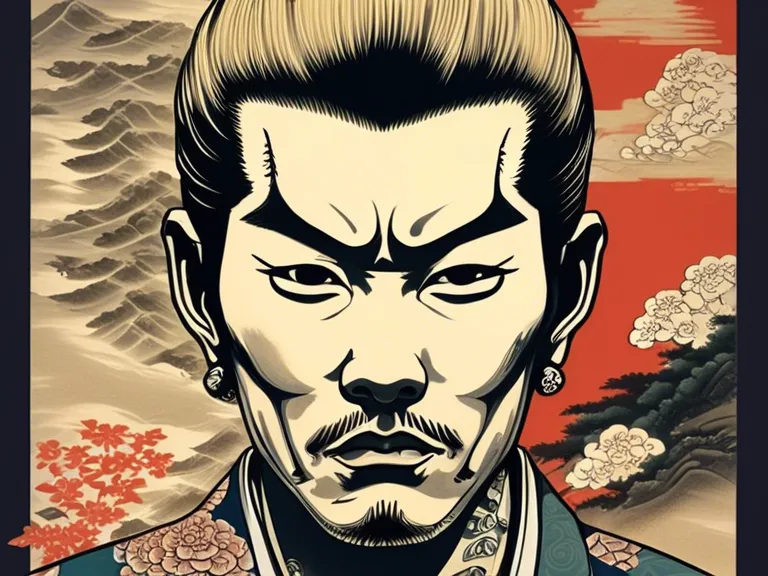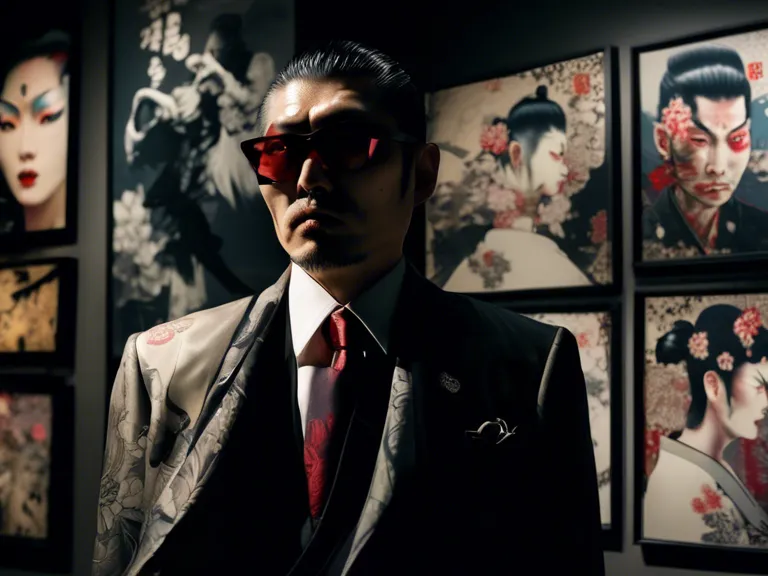
The Yakuza, Japan's notorious organized crime syndicate, has had a significant impact on the country's artistic landscape. From the traditional ukiyo-e woodblock prints to modern urban art, the influence of the Yakuza can be seen in various forms of artistic expression. This article explores how the Yakuza has shaped Japan's art scene, from its historical roots to its contemporary manifestations.
Ukiyo-e, a genre of Japanese art that flourished from the 17th to 19th centuries, is often associated with the Yakuza. Many ukiyo-e artists found patronage among the criminal underworld, creating intricate prints that depicted scenes of kabuki actors, beautiful courtesans, and legendary warriors. The Yakuza's fascination with these prints helped popularize ukiyo-e and brought attention to these talented artists.
As Japan modernized in the 20th century, the Yakuza's influence on art evolved along with it. The rebellious spirit of the Yakuza found its way into the realm of urban art, inspiring graffiti artists, muralists, and street performers. The bold, unapologetic style of the Yakuza permeated through these urban art forms, giving rise to a new wave of creative expression in Japan's cities.
Today, the Yakuza influence can be seen in a variety of artistic mediums, from manga and anime to contemporary art installations. The criminal syndicate's legacy continues to inspire artists to push boundaries, challenge conventions, and create thought-provoking works that reflect the gritty reality of modern Japan.
In conclusion, the Yakuza's impact on Japan's artistic expression is undeniable. From ukiyo-e to urban art, the influence of the Yakuza has left an indelible mark on the country's art scene. By understanding this complex relationship, we gain insight into the rich tapestry of Japanese art and culture.
